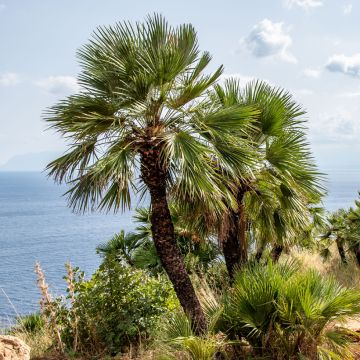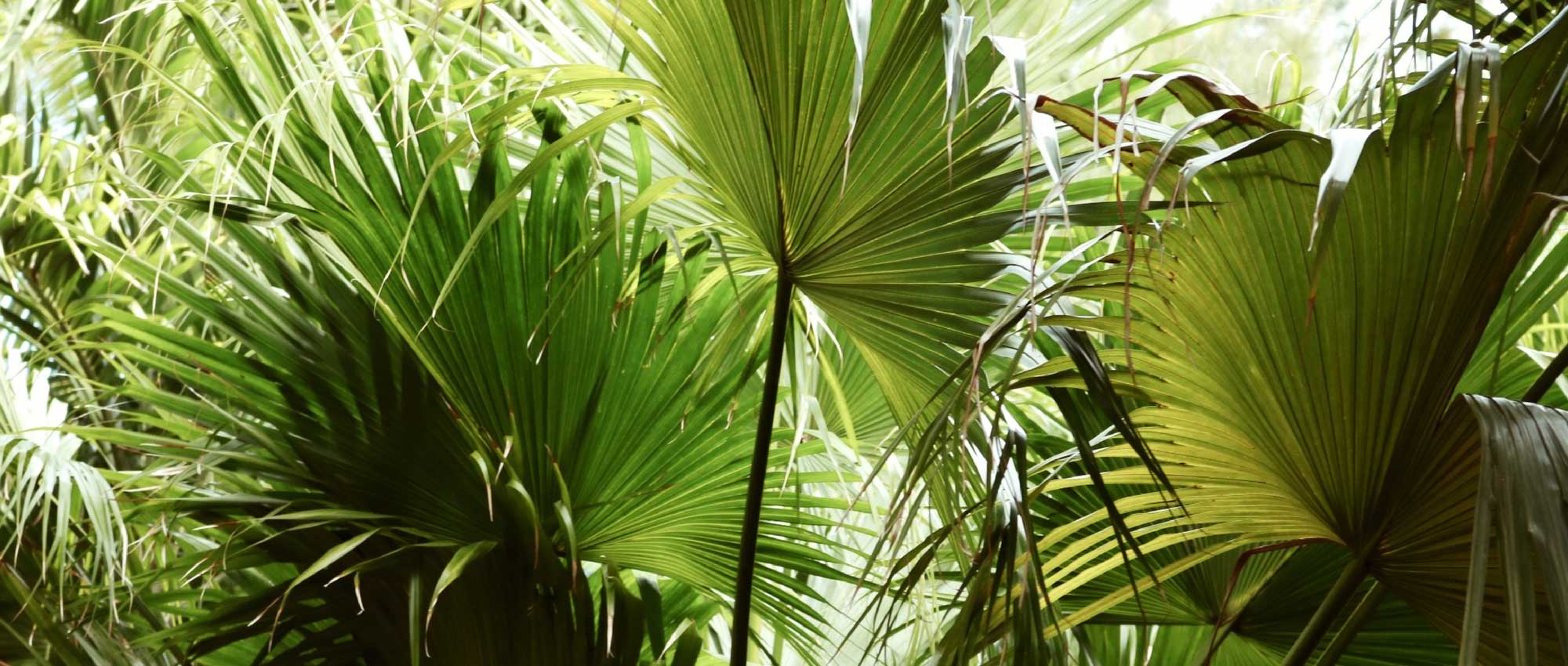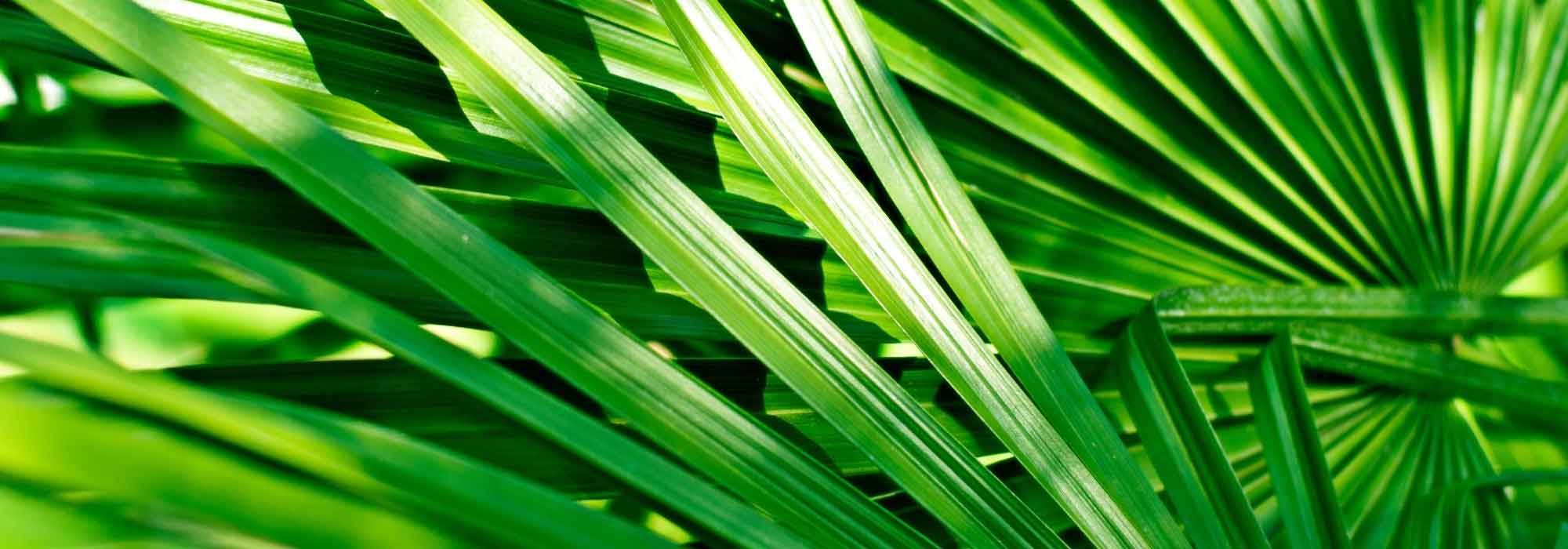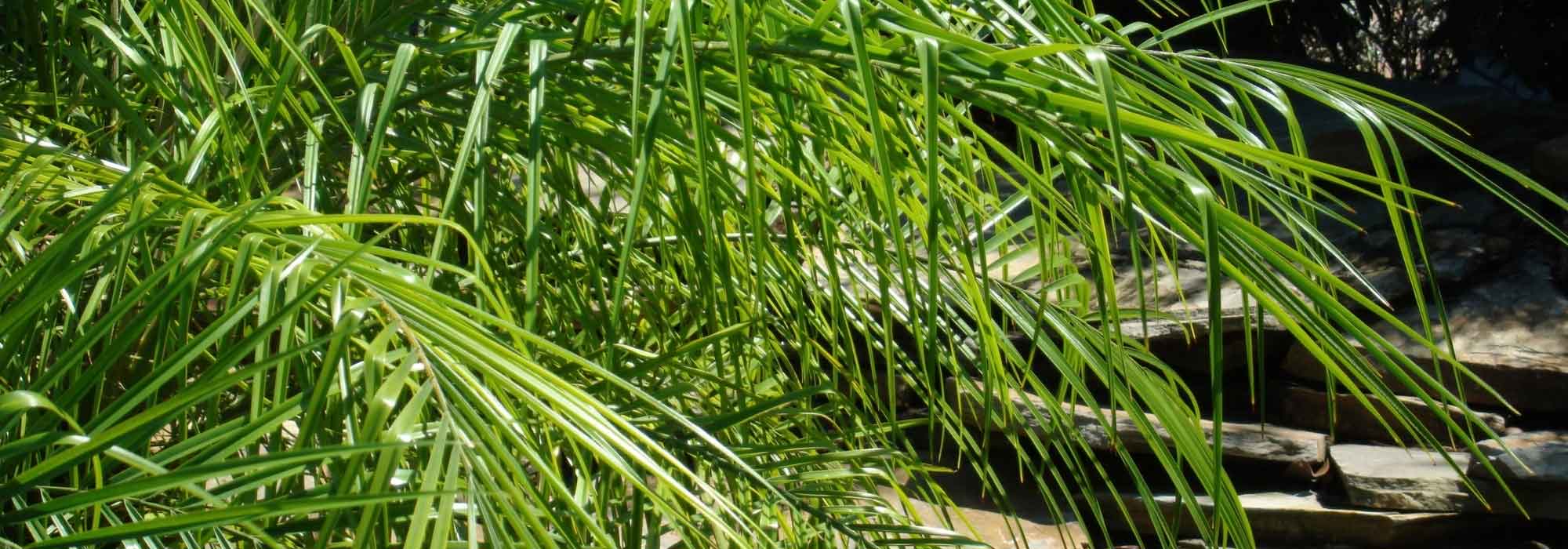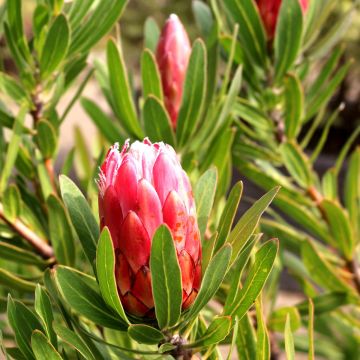

Arenga englerii - Palmier de Formose


Arenga englerii - Palmier de Formose
Arenga englerii - Taiwan Sugar Palm
Arenga englerii
Dwarf Sugar Palm, Taiwan Sugar Palm
Special offer!
Receive a €20 voucher for any order over €90 (excluding delivery costs, credit notes, and plastic-free options)!
1- Add your favorite plants to your cart.
2- Once you have reached €90, confirm your order (you can even choose the delivery date!).
3- As soon as your order is shipped, you will receive an email containing your voucher code, valid for 3 months (90 days).
Your voucher is unique and can only be used once, for any order with a minimum value of €20, excluding delivery costs.
Can be combined with other current offers, non-divisible and non-refundable.
Why not try an alternative variety in stock?
View all →This plant carries a 24 months recovery warranty
More information
We guarantee the quality of our plants for a full growing cycle, and will replace at our expense any plant that fails to recover under normal climatic and planting conditions.
Would this plant suit my garden?
Set up your Plantfit profile →
Description
The Arenga englerii, also known as the Formosa Palm or Dwarf Sugar Palm, is a species of small stature found on the slopes of humid forests in Taiwan and some Japanese islands. It is a plant that prefers partial shade and humus-rich, moist soil. Although it is not very hardy, it can be easily acclimated to well-watered European coastal gardens. It also adapts well to container cultivation, where it forms a beautiful green plant that can decorate terraces or balconies during the summer, or a lightly heated conservatory in winter. It is appreciated for its characteristic silhouette, beautiful foliage, and exotic charm.
A slow-growing shrub-like plant belonging to the family Arecaceae, the Arenga engleri is highly valued as an ornamental plant. It is a semelparous species, meaning it flowers only once before dying. However, it ensures its perpetuity by producing suckers that emerge from the ground near the base of the mother-plant, giving it a bushy and wide appearance. This palm develops one or more slender, elongated false trunks or stipes covered in black fibres, with lighter rings. It reaches a height of 2 to 5 m (6 feet 7 inches to 16 feet 5 inches), on average 3 m (9 feet 10 inches) with a width of 1.50 m. Its habit will be more elongated if it grows in shade but more compact in the sun. Its evergreen foliage is composed of long and slender leaves divided into multiple bright green leaflets with a silvery underside. The leaflets or pinnae end in a triangular fish-tail shape. The flowers appear in summer between the leaves on mature plants. Depending on whether they are male or female, they can take on various colours and are gently scented: orange, red, or green, and are clustered together. After pollination, small globose fruits measuring 2.5 cm (1 in) in diameter form, turning a purple-red colour when ripe and containing 2 to 3 seeds. These fruits are not edible and can be irritating to the skin. Young Formosa palms appreciate shade and filtered light, while older plants tolerate the sun better.
This palm is particularly suitable for sheltered, temperate, coastal gardens, where it will enjoy the mild and humid climate. When planted in the ground, it should be placed in isolation, alongside banana trees or cannas, in an exotic-inspired setting. It can be somewhat challenging to pair with other plants due to its strong personality, but it can be planted in groups of three and surrounded by a carpet of Japanese grass, Liriope muscari, or small periwinkles. In a contemporary garden, it can be placed above a sea of white pebbles. It also makes a magnificent specimen on a terrace or balcony, planted in a carefully chosen large container.
Arenga englerii - Taiwan Sugar Palm in pictures




Plant habit
Flowering
Foliage
Botanical data
Arenga
englerii
Arecaceae
Dwarf Sugar Palm, Taiwan Sugar Palm
Southeast Asia
Other Palm trees A to Z
View all →Planting and care
Plant the dwarf Formosan palm in light, humus-rich, fertile, well-drained soil that remains moist even in summer. Choose a semi-shaded location (morning sun or shaded by trees during the hottest hours of the day), protected from cold and dry winds. At temperatures around -6°C (21.2 °F), it will perish. Protect the trunk with a winter cover, and even a thick layer of mulch. Gather all the leaves and also wrap them in a winter cover. It requires little maintenance except for pruning the oldest leaves close to the trunk.
Pot cultivation: in a 50-litre container, perforated at the bottom and filled with good horticultural soil mixed with 1/3 fine garden soil. Apply fertiliser at least once a year in spring and water regularly, ensuring that the substrate does not dry out without being constantly soaked. Shelter your palm tree from the first cold spells, place it in a poorly or unheated veranda, or in a cold greenhouse. This plant dislikes the dry environment of heated houses and apartments in winter.
Planting period
Intended location
Care
Planting & care advice
This item has not been reviewed yet - be the first to leave a review about it.
Similar products
Haven't found what you were looking for?
Hardiness is the lowest winter temperature a plant can endure without suffering serious damage or even dying. However, hardiness is affected by location (a sheltered area, such as a patio), protection (winter cover) and soil type (hardiness is improved by well-drained soil).

Photo Sharing Terms & Conditions
In order to encourage gardeners to interact and share their experiences, Promesse de fleurs offers various media enabling content to be uploaded onto its Site - in particular via the ‘Photo sharing’ module.
The User agrees to refrain from:
- Posting any content that is illegal, prejudicial, insulting, racist, inciteful to hatred, revisionist, contrary to public decency, that infringes on privacy or on the privacy rights of third parties, in particular the publicity rights of persons and goods, intellectual property rights, or the right to privacy.
- Submitting content on behalf of a third party;
- Impersonate the identity of a third party and/or publish any personal information about a third party;
In general, the User undertakes to refrain from any unethical behaviour.
All Content (in particular text, comments, files, images, photos, videos, creative works, etc.), which may be subject to property or intellectual property rights, image or other private rights, shall remain the property of the User, subject to the limited rights granted by the terms of the licence granted by Promesse de fleurs as stated below. Users are at liberty to publish or not to publish such Content on the Site, notably via the ‘Photo Sharing’ facility, and accept that this Content shall be made public and freely accessible, notably on the Internet.
Users further acknowledge, undertake to have ,and guarantee that they hold all necessary rights and permissions to publish such material on the Site, in particular with regard to the legislation in force pertaining to any privacy, property, intellectual property, image, or contractual rights, or rights of any other nature. By publishing such Content on the Site, Users acknowledge accepting full liability as publishers of the Content within the meaning of the law, and grant Promesse de fleurs, free of charge, an inclusive, worldwide licence for the said Content for the entire duration of its publication, including all reproduction, representation, up/downloading, displaying, performing, transmission, and storage rights.
Users also grant permission for their name to be linked to the Content and accept that this link may not always be made available.
By engaging in posting material, Users consent to their Content becoming automatically accessible on the Internet, in particular on other sites and/or blogs and/or web pages of the Promesse de fleurs site, including in particular social pages and the Promesse de fleurs catalogue.
Users may secure the removal of entrusted content free of charge by issuing a simple request via our contact form.
The flowering period indicated on our website applies to countries and regions located in USDA zone 8 (France, the United Kingdom, Ireland, the Netherlands, etc.)
It will vary according to where you live:
- In zones 9 to 10 (Italy, Spain, Greece, etc.), flowering will occur about 2 to 4 weeks earlier.
- In zones 6 to 7 (Germany, Poland, Slovenia, and lower mountainous regions), flowering will be delayed by 2 to 3 weeks.
- In zone 5 (Central Europe, Scandinavia), blooming will be delayed by 3 to 5 weeks.
In temperate climates, pruning of spring-flowering shrubs (forsythia, spireas, etc.) should be done just after flowering.
Pruning of summer-flowering shrubs (Indian Lilac, Perovskia, etc.) can be done in winter or spring.
In cold regions as well as with frost-sensitive plants, avoid pruning too early when severe frosts may still occur.
The planting period indicated on our website applies to countries and regions located in USDA zone 8 (France, United Kingdom, Ireland, Netherlands).
It will vary according to where you live:
- In Mediterranean zones (Marseille, Madrid, Milan, etc.), autumn and winter are the best planting periods.
- In continental zones (Strasbourg, Munich, Vienna, etc.), delay planting by 2 to 3 weeks in spring and bring it forward by 2 to 4 weeks in autumn.
- In mountainous regions (the Alps, Pyrenees, Carpathians, etc.), it is best to plant in late spring (May-June) or late summer (August-September).
The harvesting period indicated on our website applies to countries and regions in USDA zone 8 (France, England, Ireland, the Netherlands).
In colder areas (Scandinavia, Poland, Austria...) fruit and vegetable harvests are likely to be delayed by 3-4 weeks.
In warmer areas (Italy, Spain, Greece, etc.), harvesting will probably take place earlier, depending on weather conditions.
The sowing periods indicated on our website apply to countries and regions within USDA Zone 8 (France, UK, Ireland, Netherlands).
In colder areas (Scandinavia, Poland, Austria...), delay any outdoor sowing by 3-4 weeks, or sow under glass.
In warmer climes (Italy, Spain, Greece, etc.), bring outdoor sowing forward by a few weeks.


































